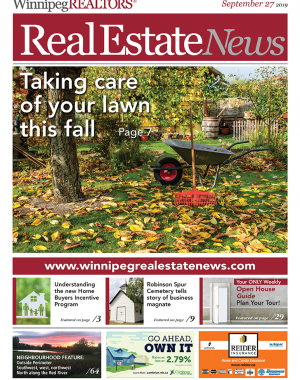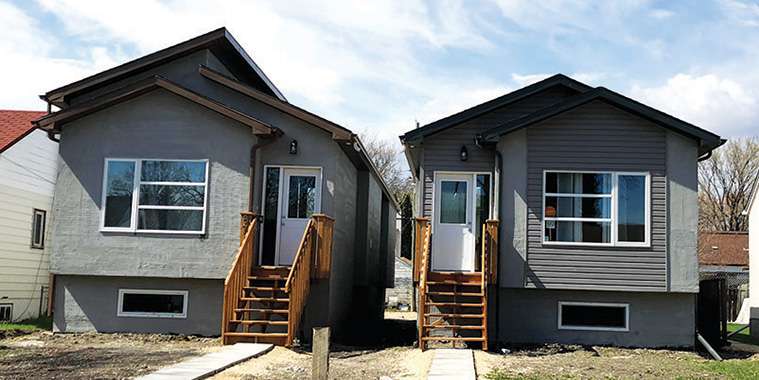By Geoff Kirbyson
The City of Winnipeg wants to help older neighbourhoods retain their unique character and charm while remaining untainted by modern architecture.
City planners are hosting five open houses to discuss design guidelines and the criteria for a new infill strategy within the Perimeter Highway.
Kurtis Kowalke, principal planner with the City, said the issue is a growing number of homes in mature communities, such as River Heights, Fort Garry and St. James, are reaching the end of their useful lives, while the city’s population continues to grow. Not everybody who wants the comforts of a new house has plans to live in neighbourhoods such as Waverley West or Bridgewater Trails.
“Winnipeg is growing at a greater pace than it was 10 or 20 years ago. Part of that involves growth not just at the edge of Winnipeg but in the old part of Winnipeg,” Kowalke said.
The plan is to come up with a vision for residential infill development in older neighbourhoods that addresses the demand for new housing but without having a negative impact on the quality, character and livability of the area, he said.
The infill issue has received significant media attention in recent weeks as residents of established neighbourhoods have come forward to complain about new replacement houses being built that cast shadows over their own homes, depriving them of sunlight for much of the day.
One of the challenges faced by the City is intensification, where a property is either changed from housing one family to two or a home is torn down, the property is divided in two and one new house is built on each half.
Kowalke said some developers are maxing out the height of a new house, the size of the yard and lot, all of which they can do legally according to current regulations.
“There are zoning rights that apply to where you live and where I live. If fully executed to full construction, they could be a problem for a particular neighbourhood,” he said.
“We looking for infill to be contextually sensitive.”
The only tool the City currently has at its disposal is a zoning bylaw that applies to all neighbourhoods across the entire city. As demand grows for new development in old areas, city planners are seeing the shortcomings of the outdated rules.
“The regulations we have in our zoning bylaw may not result in compatible development in existing neighbourhoods,” he said.
“Old neighbourhoods are very different from new neighbourhoods. The same regulations can’t work in both situations.”
People can provide feedback at any of these public events or through an online survey at https://www.surveymonkey.com/r/6ZGM6GR.
The survey will be available until Oct. 10. After that, City planners will compile its results along with feedback from the public meetings. Early in the New Year, planners will make draft recommendations public and solicit further input. Further adjustments will be made with a final proposal put out in the spring.
“We don’t want to rush and create guidelines that completely miss the boat for people who have a stake in the issue. We want them to be the right guidelines,” Kowalke said.
In the meantime, however, homeowners and developers will still operate under the current rules.
“Unfortunately, we can’t stop Winnipeg from growing for 12 months while we complete our guidelines. We’re pushing forward as quickly as possible,” he said.
geoffkirbyson@mymts.net



